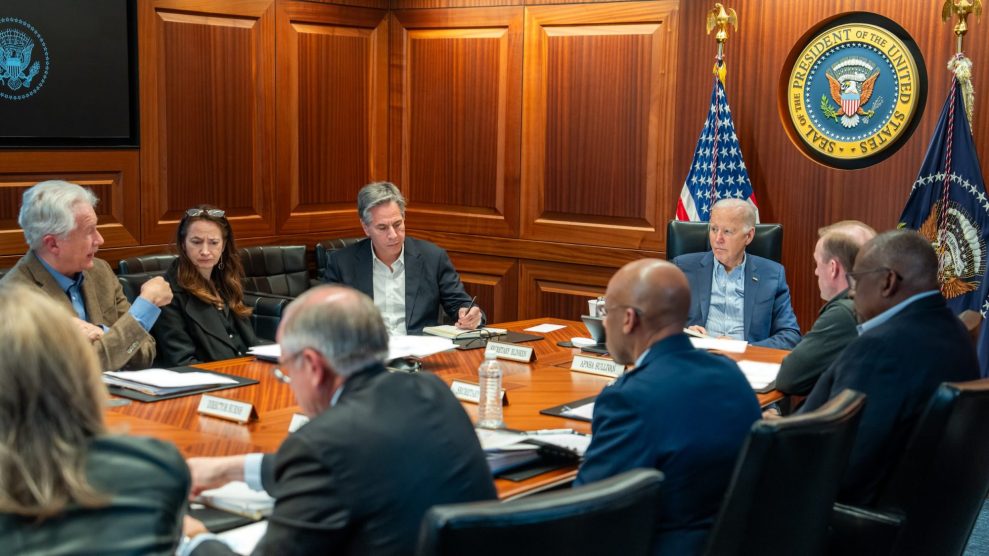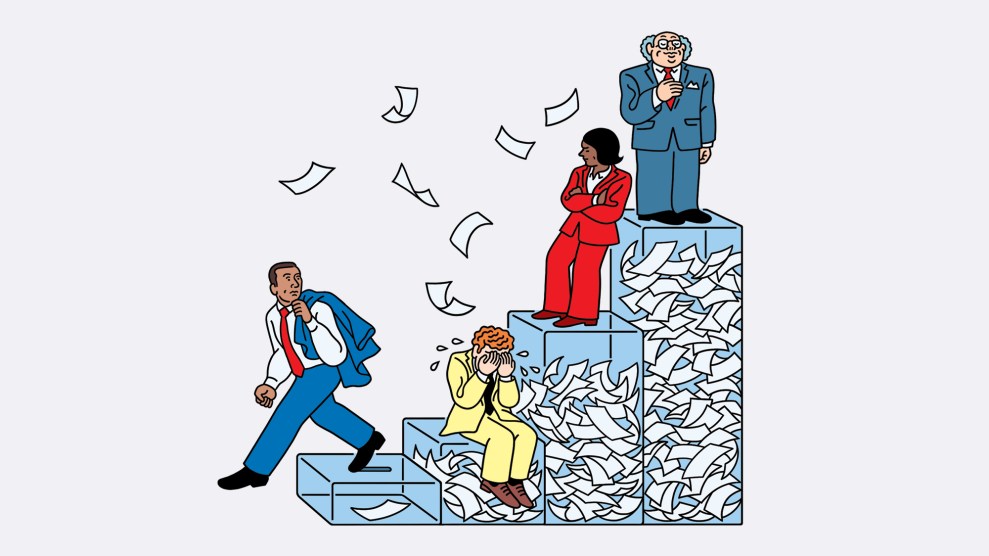Article created by The Economic Policy Institute.
The City of Chicago is in the throes of fundamental debate about the future direction of the American economy and its workers, one that touches on our most pressing concerns, from globalization to the role of government. All of this is wrapped up in a seemingly parochial law that would mandate higher wages and benefits for large Chicago retailers.
The ‘retail living-wage ordinance’ currently being considered by the City Council would make large retailers (with stores of at least 90,000 square feet) pay a starting wage of $10 an hour, plus $3 of health benefits. Though the proposal would apply to numerous large retailers in the city, including Target and Costco, it quickly got the attention of Wal-Mart. To put it mildly, the world’s largest employer, with plans to open numerous stores in the city, wasn’t happy and immediately threatened to suspend the store openings.
Cutting through the noise that such debates typically generate, the central question comes down to this: Can Wal-Mart do better by its workers and still profitably offer its trademark ‘everyday low prices’? The firm says ‘no,’ stating that the ordinance will erase its competitive advantage; a Wal-Mart spokesperson wrote ‘If this proposal becomes law . . . retail development will go to the suburbs.’
Our research suggests otherwise: The $13 an hour total compensation cost mandated by the Chicago ordinance is roughly a 20 percent raise over what Wal-Mart claims to pay its employees. A raise of this size could be financed through a combination of Wal-Mart allowing its profit margin (after-tax profits divided by sales) to fall from its current 3.6 percent to 2.9 percent and by raising its prices 0.7 percent — less than a penny on a $1 pair of socks.
The resulting profit margin would be higher than some competitors (Costco, for example, at 2 percent) and lower than some others (Target, at 4.7 percent). Most relevant, Wal-Mart’s profit margin would still by higher than the average that prevailed for Wal-Mart from 1996-1998, perfectly good years for the firm. Moreover, if Wal-Mart’s price advantage is anywhere near as large as it claims, such a small price increase will not erase its competitive edge.
In short, our findings suggest that Wal-Mart and Chicago can help each other. The store can expand its market share in a major American city while offering Chicago consumers low-priced goods. At the same time, it can more fairly share its profits with its workers, without sacrificing its price advantage. Unfortunately, its business practices are such that it’s unlikely to do so without the ordinance.
There is a message here that goes beyond Chicago’s city limits. Our economy has seen a growing job quality problem for decades, replacing jobs with family-sustaining wages and benefits with jobs of far lesser quality. Workers in these new jobs (which are disproportionately retail) have yet to develop ways to raise their bargaining power with their employers. Wal-Mart, in particular, is vehemently anti-union.
In this context, a useful way to view rules such as the Chicago retail ordinance is as society’s way of offsetting the inequalities that have evolved along with the new economy. While globalization and other forces have put many high-paying jobs at risk, we need to do all we can to ensure that jobs that can’t be done abroad are good ones. Viewed in this light, the ‘City of Big Shoulders’ has an opportunity to point the way toward the high road. We hope they take it.















